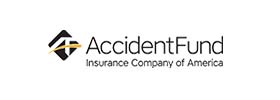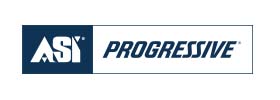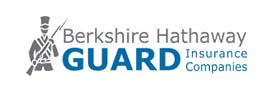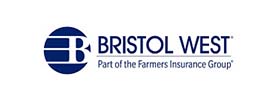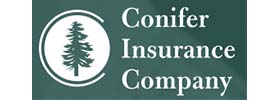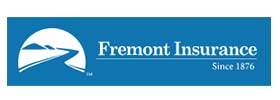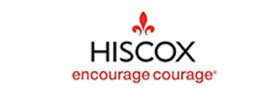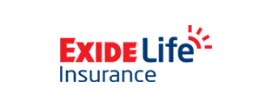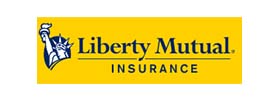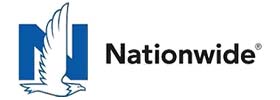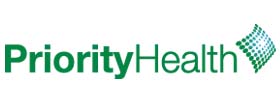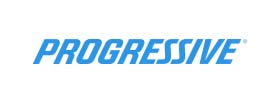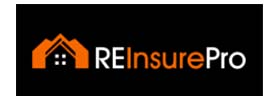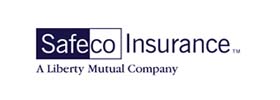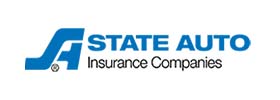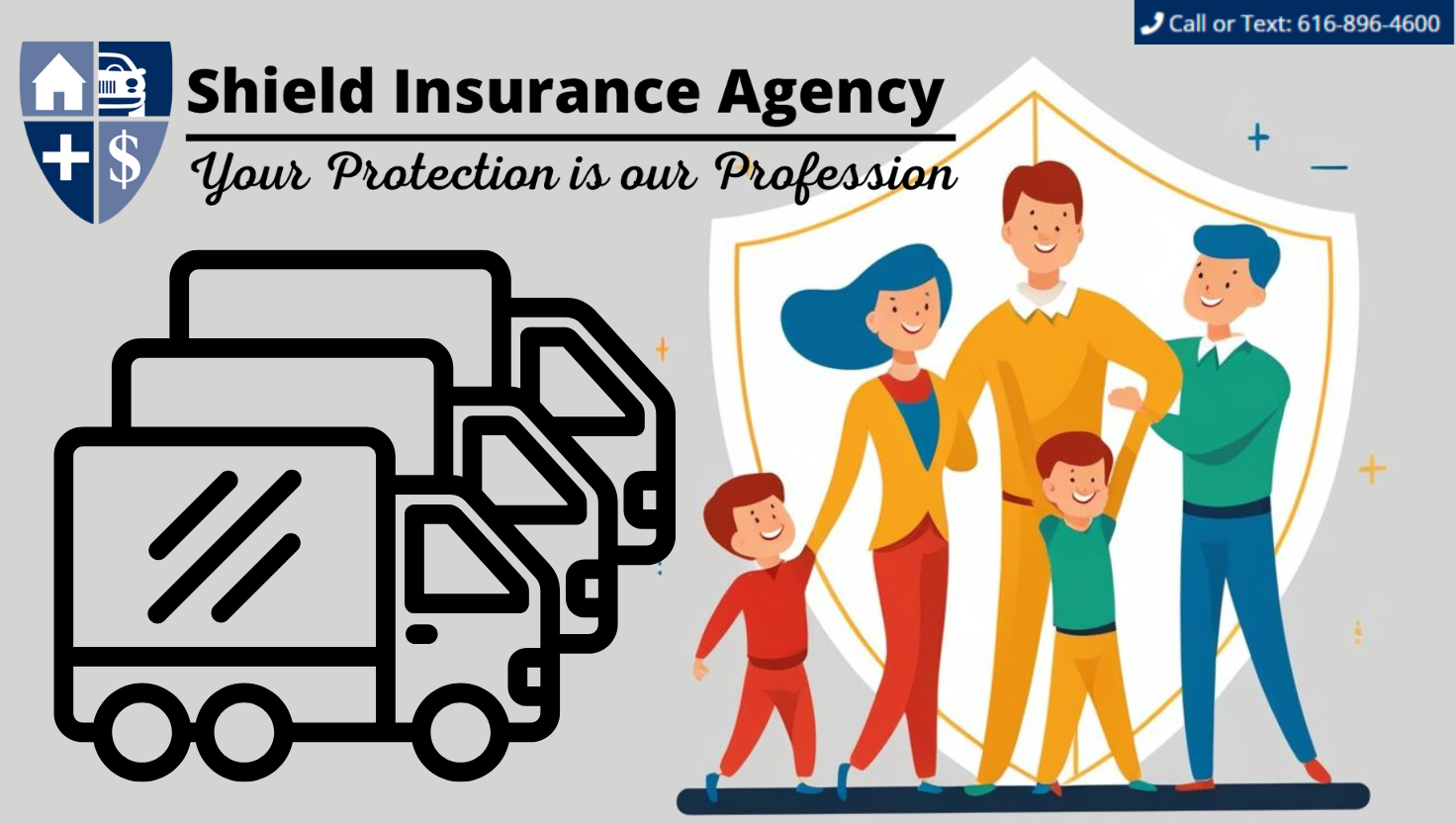
How to build a fleet safety program
How many vehicles in your fleet?
When you have employees driving on behalf of your business — whether or not they use a company vehicle — it’s time to take a closer look at your risk exposure and establish a fleet safety program to help protect the wellbeing of your company and your employees.
Here are five best practices for creating a risk management program for fleet vehicles:
1. Start at the top and write it down.
The best way to ensure your fleet safety program is successful is by having leadership commit to supporting it as a critical part of your company’s risk management and fleet management programs. Then, after setting expectations among your leadership, write down a formal plan with clear policies and procedures for fleet safety.
2. Identify and screen your drivers.
Safe drivers are an essential part of a fleet safety program — and you may have more drivers than you realize. Your fleet program can include company-owned, private, or rented vehicles. While businesses are generally aware of their risk exposure with company-owned vehicles, many don’t know the full extent of their risk exposure from non-owned vehicles. Keep a record of everyone who currently is or will be driving on behalf of your business, whether they use a company-owned, personal, or rented vehicle.
For those employees using their own personal vehicles for business purposes, it’s important to hold them to the same fleet screening standards as those employees operating company-owned vehicles. You also may need to add coverage to your commercial auto insurance, which could help your business recover in case an accident results in a business liability event for your company, which could impact both your finances and your reputation.
When hiring, carefully screen your drivers. Check the job applicant’s Motor Vehicle Record (MVR) to view past driving trends, which can help provide insight into future driving behaviors. An MVR typically shows a person’s driving history from the past three years, including driver’s license information, point history, violations, convictions, and license status.
For many companies, a driver is considered unacceptable when the MVR shows:
- More than three moving violations, accidents or both
- Driving while intoxicated or under the influence of narcotics
- License suspension and any serious violation such as reckless driving, endangering the lives of others, and racing
By pre-screening drivers as part of your standard hiring practices, you’ll empower your fleet safety program, making it more reliable, effective, and safer.
3. Train and manage your drivers.
Require all of your fleet drivers to learn and commit to the company’s fleet safety policies and procedures. Additionally, provide training and resources on defensive driving and other safe driving techniques. For example, there are many forms of distracted driving including talking on the phone, texting, eating, daydreaming, and other things that take the driver’s attention away from driving.
It is also essential to continue to manage your drivers to help ensure they are following your fleet safety rules and driving safely. Schedule time to check the MVR of your drivers and have a plan in place for handling drivers with marginal or poor driving records.
You may also want to consider using fleet telematics to further strengthen your overall fleet safety program. Telematics is a technology that can track and monitor a variety of driver and vehicle parameters. Some examples include a vehicle’s speed, fuel consumption, harsh braking, and other driving behaviors.
4. Have a formal preventive maintenance program and secure your vehicles.
Make sure all vehicles are safe to drive by having each of them on a formal preventive maintenance program. This includes routine oil changes, vehicle inspections, making repairs, and keeping vehicle records. It’s also important to ensure that all vehicles are being secured to minimize any losses related to theft or vandalism while the vehicle isn’t being used.
5. Review accidents and consult your Risk Control specialist.
Take time to review accidents involving your company’s fleet vehicles to help you pinpoint your risk exposures, identify trends, manage accident costs, and take action to avoid future accidents.
Additionally, ask your independent insurance agent about loss and risk control services that may be available to you through your commercial insurance provider. Some insurance companies, including Grange Insurance, offer Risk Control Services to their commercial insurance customers, providing expert risk management services including formalized safety programs, training and help identifying, analyzing and addressing business’s unique risks.
This article is for informational and suggestion purposes only. If the policy coverage descriptions in this article conflict with the language in the policy, the language in the policy applies.








